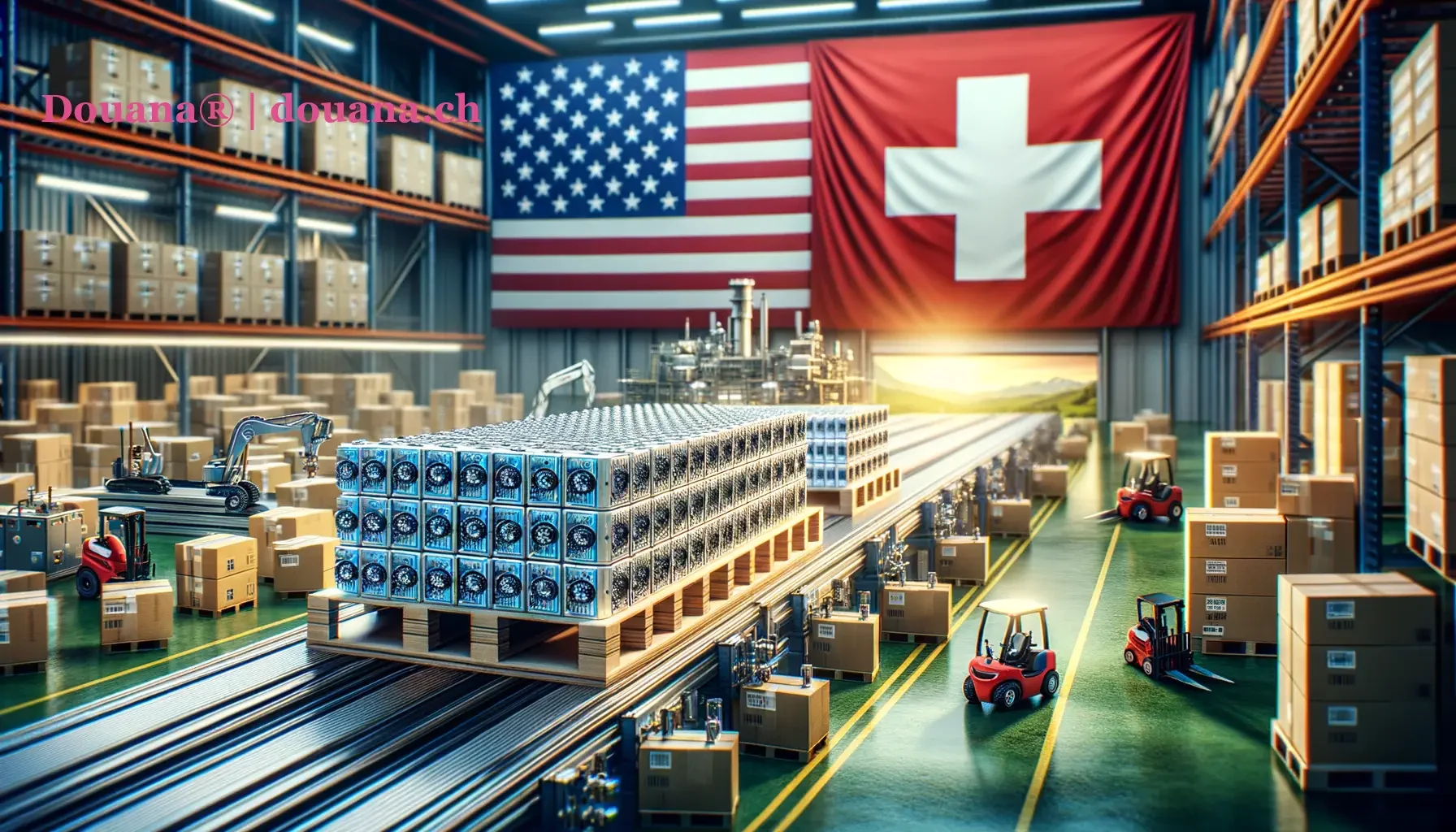Secondary tariffs are gaining significance as a new US economic policy tool, with Swiss companies in the international oil and commodity trade being particularly affected. This article examines how these novel tariffs arise, their purpose, and what implications they hold for Switzerland as a small yet highly globalized economy.
How New US Sanctions Tariffs on Third Countries Challenge the Swiss Economy, Politics, and Trade
Secondary Tariffs and Switzerland: Global Trade Policy Between Pressure and Dilemma
Definition and Development of Secondary Tariffs
Secondary tariffs are tariff measures imposed by a state—mostly the US—against countries that continue to trade with a state subject to primary sanctions. In contrast to classic import tariffs, they explicitly target third countries. The legal status is hybrid: formally, they are tariffs, but politically they serve sanctions and foreign policy objectives. A recent example is the US Executive Order from March 2025, which foresees high tariffs on imports from countries that purchase Venezuelan oil or petroleum products directly or indirectly. Due to high flexibility in their application, decision-making power often rests with foreign policy authorities, leading to strategic uncertainty.
Functioning and Objectives of Secondary Tariffs
Economic Leverage and Risks
Secondary tariffs enforce the international isolation of sanctioned states. They exert pressure not only on the target state but also on third countries to cease or dramatically increase the cost of trade relationships. As such, they serve as economic leverage to disconnect the target state—such as Venezuela or Russia—from the global market. The goal is to compel affected countries to participate in sanctions regimes, even if they are not directly involved. The danger: these tariffs can trigger economic chain reactions and even foster global stagflation.
Relevance for Switzerland: Energy and Raw Material Dependencies
Switzerland imports significant quantities of crude oil and energy products essential for industry and the population. Strategic stockpile rules ensure temporary supply security, but Switzerland remains part of the international supply chains for oil and related products. Switzerland could be indirectly affected by secondary tariffs if suppliers originate from or cooperate with sanctioned states. This increases due diligence requirements and causes substantial economic uncertainties.
Examples: US Secondary Tariffs Against Venezuela and Russia
Current Precedents
A current precedent is the introduction of 25% secondary tariffs by the US on imports from countries that further process Venezuelan oil. Secondary tariffs could also become relevant against countries importing Russian oil—such as India or China. The US clearly signals that such measures can be imposed at short notice and flexibly adjusted, often combined with political ultimatums. For Switzerland, this necessitates careful scrutiny of supply chains and countries of origin, as well as prompt reaction to US regulations.
Macroeconomic Impact on Switzerland
The impact of secondary tariffs can be massive: On the one hand, there is the threat of direct cost increases if imports become more expensive or if sanctions are indirectly applied to companies. On the other, uncertainty and volatility increase planning effort in trade, logistics, and energy supply. The IMF, OECD, and World Bank warn of global stagflation from tariffs and sanctions, which may also affect Switzerland’s price- and export-dependent economy.
Political and Diplomatic Implications
Neutrality and Pressure to Adapt
Switzerland traditionally stands for neutrality and multilateral balance. Secondary tariffs increase the pressure to take political positions. On the one hand, Switzerland wants to maintain its role as an international mediator; on the other, action is necessary to secure trade routes and energy security. Secondary tariffs serve as a catalyst for sustainable diversification of energy imports and deeper cooperation within Europe.
Scope of Action and Risk Management
Strategies such as diversifying supplier countries, concluding risk hedges, and conducting legal and diplomatic consultations are becoming more important. Closely monitoring foreign policy developments and consulting subject matter experts are essential for survival in international business. In addition, cooperation with European partners is advisable for risk mitigation.
Outlook: Secondary Tariffs as a Lasting Phenomenon?
Long-Term Perspectives
Secondary tariffs mark an increasing use of international trade policy for foreign policy goals. Their flexible applicability and political control by the US make them a lasting risk for globally networked economies. Switzerland must remain adaptable: challenges are growing, but diversified trade relations and innovations in renewable energy offer long-term opportunities. What’s clear is that external political pressure will persist and strategies must be continuously reviewed and adapted.
Conclusion: Political Pressure, Economic Risks
Secondary tariffs are an effective but risky political lever for the US. For Switzerland, they mean increasing uncertainty and significant business challenges, especially in the energy and raw materials sector. In the long run, they could change trading patterns and put Switzerland’s diplomatic balance to the test.
